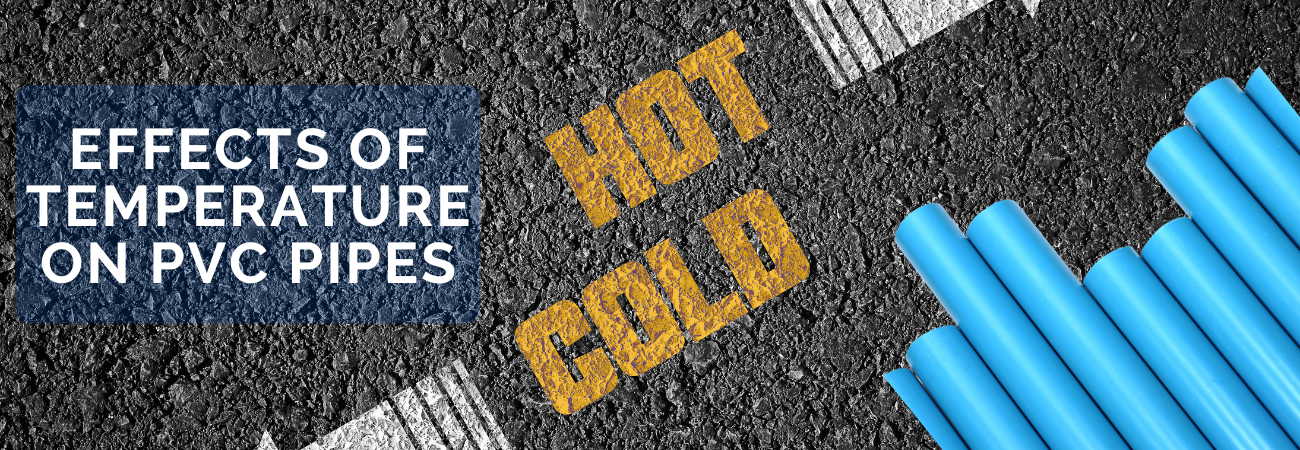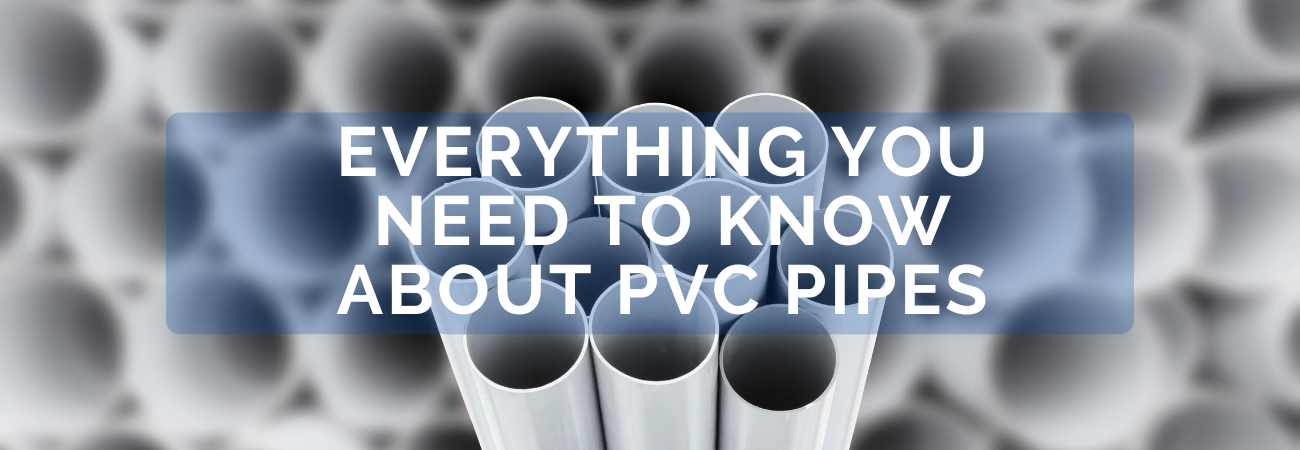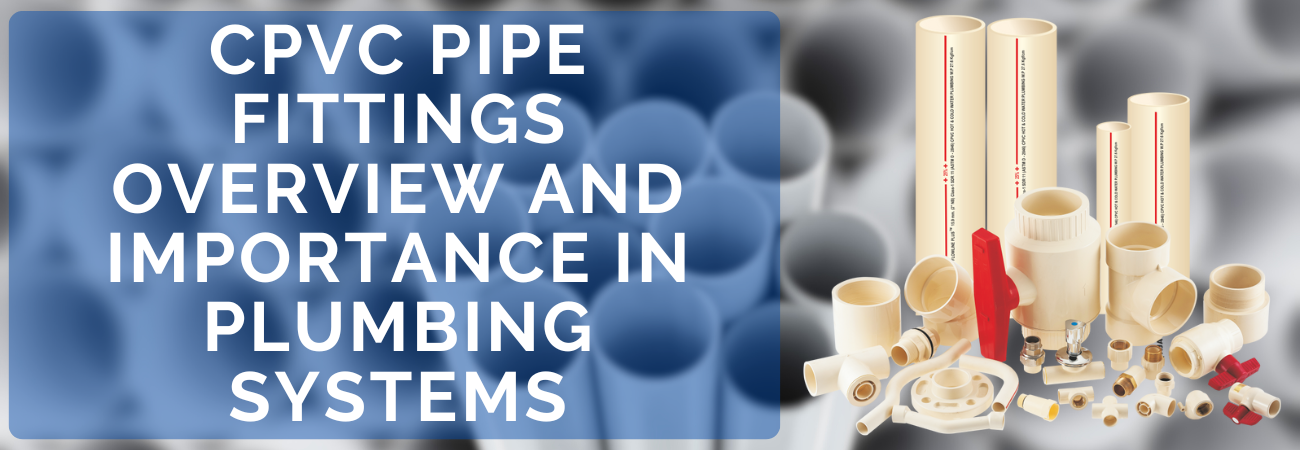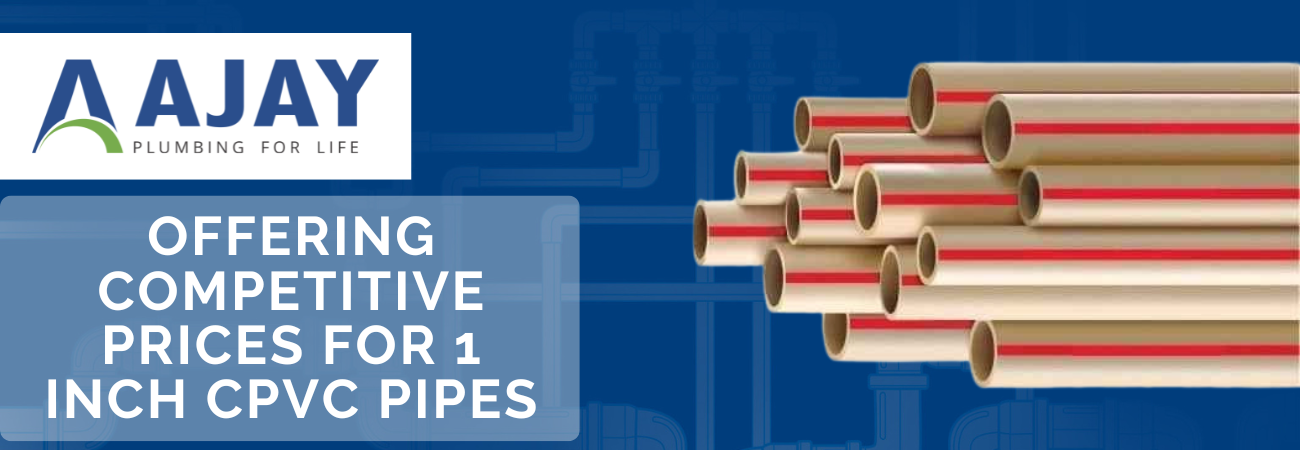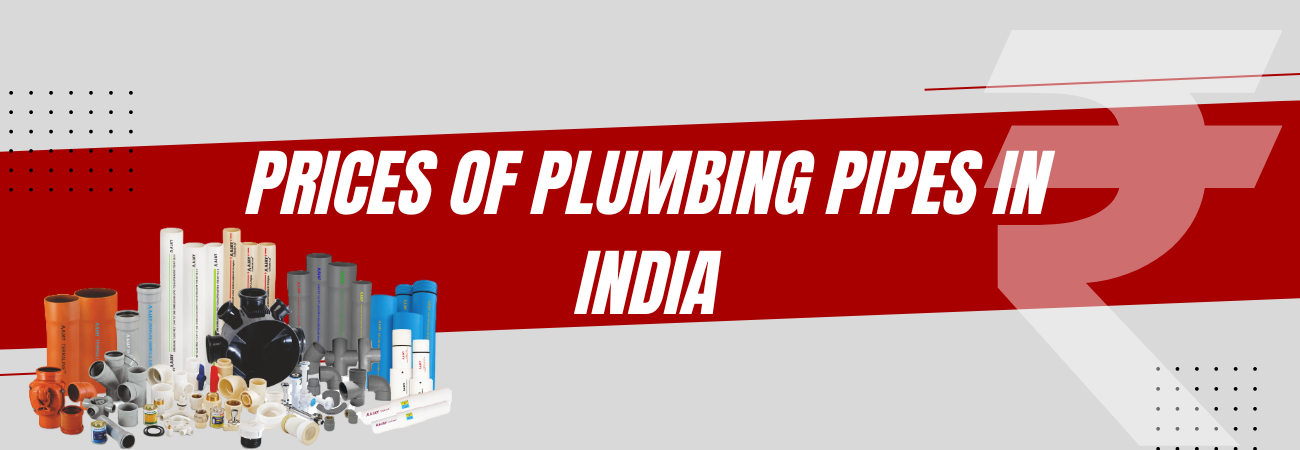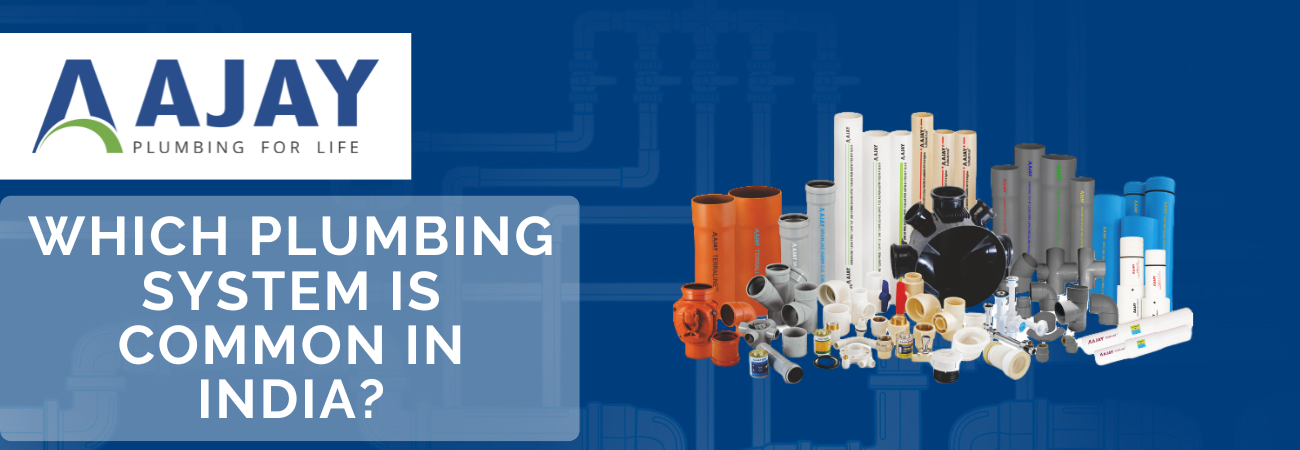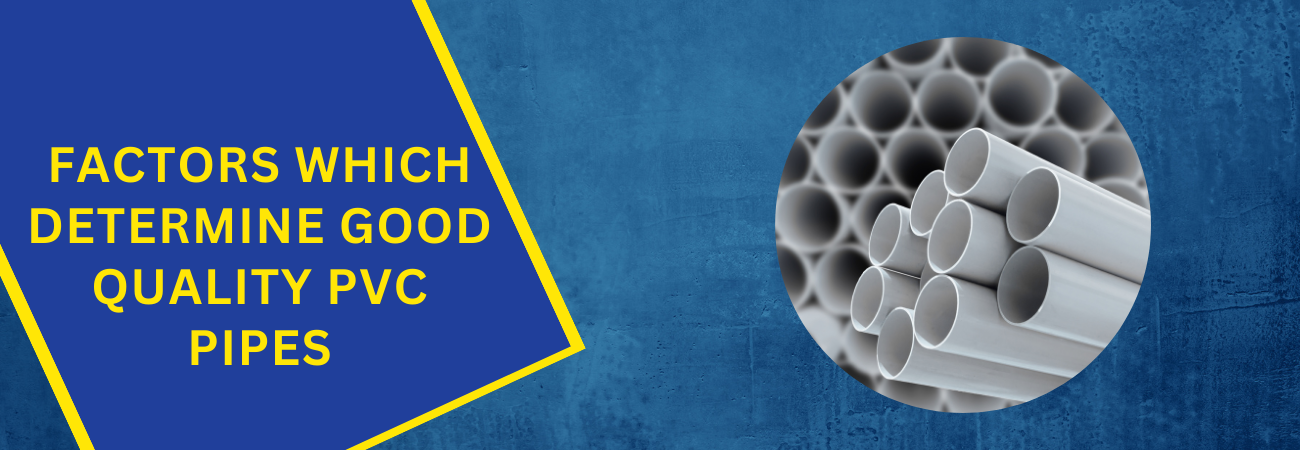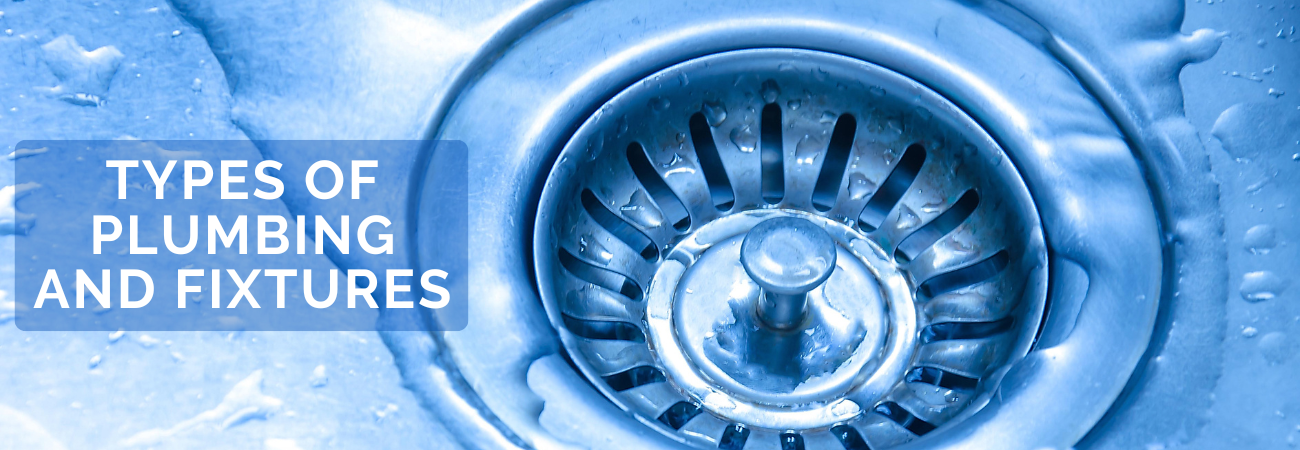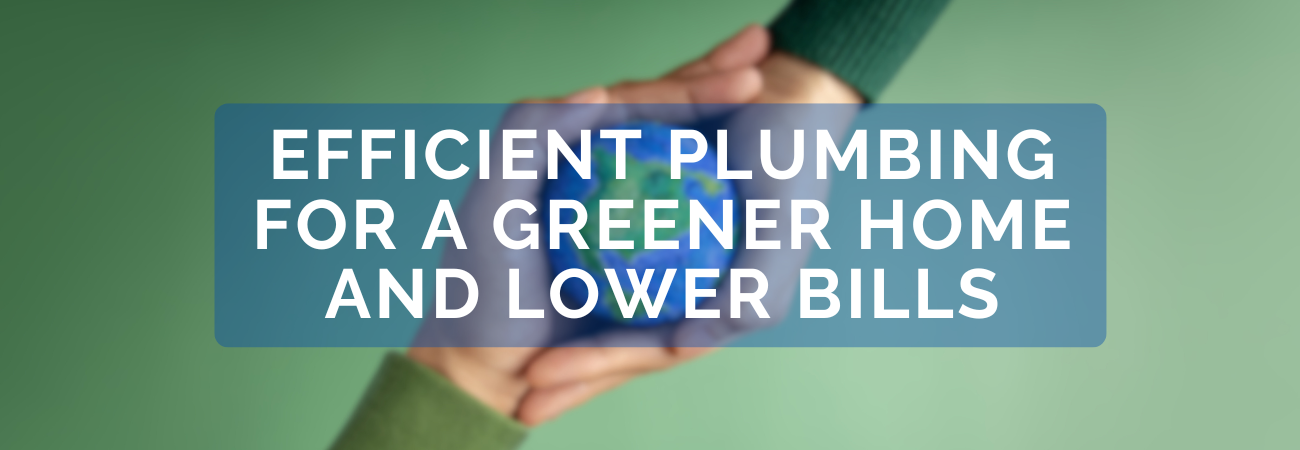Introduction
PVC pipes are cost-effective and environmentally friendly because they are lightweight, recyclable, and offer long-lasting and sturdy qualities and PVC pipe price in India is quite affordable. Compared to traditional pipes constructed of concrete or cast iron, the smooth surface of the PVC pipe allows water to flow more quickly since there is less friction.
What impact does temperature have on PVC pipes?
PVC pipes are known to be impacted by temperature. As a result, when PVC pipes are exposed to temperature changes, there is a visible difference, particularly in terms of size, length, and other factors.
Effect of temperature on the dimensions of PVC pipes
The PVC piping’s dimensions, particularly the length of the pipe, can be the most telling indicator of minute temperature fluctuations in those dimensions. Additionally, this phenomena also occurs when the temperature rises above its initial level and when it falls.
Effect of Temperature on PVC Pipe Capacity
The pressure capacity of the PVC diminishes with increasing temperature from the initial value of about 22 °C. You must use these figures and adhere to the steps listed below in order to determine what the reduced pressure capacity is:
If your PVC water pipe, for instance, has a baseline capacity of at least 400 PSI at 22 °C, then the pressure present at 43 °C can be calculated using the following formula: 400 x 0.50 = 200. Your new pressure capability will be 200 PSI as a result.
It’s also crucial to remember that the pipe’s baseline pressure capacity is unaffected by declining temperatures. For assurance, it is preferable to refer to the reported baseline pressure capacity for temperatures below 22 °C.
Effect of Temperature on PVC Pipe Stiffness
PVC pipes stiffen and become more durable when the temperature drops, but they also become more flexible as the temperature rises. In order to lower the conduit or PVC pipe stiffness specified above 22 °C operating temperature, follow these steps:
Multiply by 0.93 for 32 °C. The following figures should be treated similarly: 32 °C by 0.88, 43 °C by 0.84, 48 °C by 0.79, 54 °C by 0.75, and 60 °C by 0.70. If you have applications below 22 °C, it is better to refer to the published pope stiffness because it has a tendency to be conservative. The aforementioned figures can also be used to adjust the pope’s modulus of elasticity for PVC.
In light of this, it may be crucial to take into account the various temperature effects on PVC pipes in order to comprehend how it behaves when exposed to warm or cold applications.
For any queries, contact the plumbing experts at Ajay pipes on the Toll Free No. : 1800-11-4050 or via email at our email address info@ajaypipes.com

